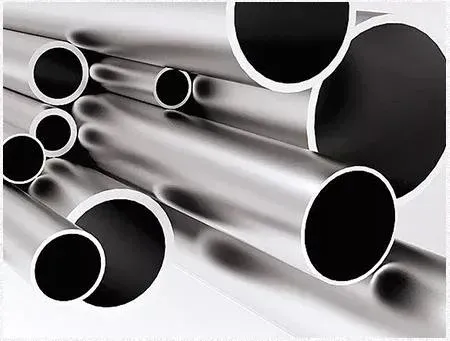Key Characteristics of ASTM A269 TP 316 Tubing:
- 1.Material Composition:
- - Nickel (Ni): 10-14%
- - Chromium (Cr): 16-18%
- - Molybdenum (Mo): 2-3%
- - Carbon (C): Maximum 0.08%
- - Other elements may include silicon, manganese, and phosphorous in trace amounts.
- 2. Corrosion Resistance:
- - Excellent resistance to various forms of corrosion, including pitting and crevice corrosion in chloride environments. This makes it particularly suitable for marine applications and chemical processing.
- 3. Mechanical Properties:
- - High tensile strength (approximately 70,000 psi or higher).
- - Ductile and weldable, retaining good toughness even at elevated temperatures.
- - Can maintain its mechanical properties at elevated temperatures and harsh environments.
- 4. Standards Compliance:
- - The ASTM A269 standard outlines the requirements for the manufacturing of stainless steel tubing, including dimensions, tolerances, and testing methods. It ensures that the tubing produced meets rigorous quality control standards.
- 5. Dimensions:
- - Available in a variety of diameters and wall thicknesses. Common specifications typically include:
- - Outer diameters (OD) from 1/8 inch to several inches.
- - Wall thickness standards that range from thin-walled (schedule 10) to thicker options (schedule 40/80).
- 6. Surface Finish:
- - Tubing can be provided with different finishes, such as pickled, polished, or passivated, depending on the application's requirements.
- Applications:
- ASTM A269 TP 316 tubing is commonly used in various industries, including:
- - Chemical Processing:
- - Utilized in piping systems that transport chemicals, especially where corrosion resistance is crucial.
- - Pharmaceutical Industry:
- - Often used in manufacturing processes and equipment needing sterile conditions.
- - Food Processing:
- - Employed for handling food and beverages due to its hygienic nature.
- - Marine Applications:
- - Used in construction that requires resistance to seawater and other corrosive environments.
- - Oil and Gas: -
- Applied in tubing for exploration and production, particularly in challenging environments.
- Welding and Fabrication:
- - Welding:
- ASTM A269 TP 316 tubing can be welded using various methods, including TIG (Tungsten Inert Gas) and MIG (Metal Inert Gas). It's essential to use filler material that is compatible with the 316 alloy to maintain corrosion resistance and mechanical properties.
- - Fabrication: The tubing can be easily machined and formed, offering versatility for various applications.
- Conclusion:
- ASTM A269 TP 316 tubing provides a robust and corrosion-resistant solution for a variety of industries that demand high-quality stainless steel products. Its compliance with the ASTM standard ensures reliability and performance in challenging environments. When selecting this tubing, it's important to consider the specific application requirements, including mechanical properties and environmental conditions, to ensure the optimal choice for your project.
Write your message here and send it to us















